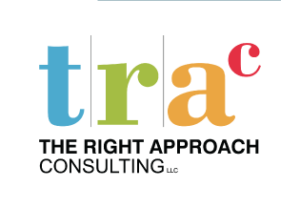The gemba walk provides company leaders, managers and supervisors a simple, easy means of supporting overall continuous improvement while directly engaging with the folks responsible for the key business processes. The best approach to a gemba walk is to start at the last process and work upstream. Why? This will highlight how well your process is operating from a high level in terms of pull vs. push, bottlenecks, inventory and other production control issues. Depending on the level of personnel participating and/or the circumstances, gemba walks can be daily, weekly or monthly. Another suggestion is to focus on a different aspect (theme) for each gemba walk, one day might focus on 5S in the facility; another may be on WIP inventory, etc. It is important to limit the focus because if you look for everything you will accomplish nothing! 
Ingraining regular gemba walks into the culture will consistently demonstrate to employee’s leadership commitment, alignment and support of the continuous improvement process. There are a couple of keys to a successful gemba walk, such as actively listening attentively, sharing what you learned during the gemba walk with the entire organization, discussing with department leaders conditions observed, and following up / monitoring the process where necessary.
What the Gemba Walk is Not
A gemba walk is not an opportunity to point fingers and find fault in employees while they are being observed. It is not punitive; employees will shut down and not openly engage at the first whiff of this. It is not a time to be the policy police; internal audits or other tools are appropriate for this. Finally, a gemba walk is not the time to solve; it is a time of observation, input and reflection. That does not mean disregarding operator ideas for improvements, but rather to “go and see” what is really happening. Any ideas or complaints should be noted and followed-up with after the walk. Be mindful not to “miss the forest because of the trees”!
Visual Management
I am a big fan of meaningful visual management everywhere possible to keep employees engaged, informed and foster a culture of ownership. You noticed I emphasized “meaningful” when talking about visual management; what I mean by this is avoiding at all costs a “wallpaper strategy” of posting walls of gratuitous charts, graphs, reports etc. simple to impress customers. The gemba walk provides a great opportunity to notice & question posted measures & charts and asking:
- What is this chart telling me?
- Who is responsible for updating them?
- Do the employees look at the charts? How often?
- What value do the charts have for employees?
- Do customers ever look at the charts? Do suppliers?
- Do you think the charts have an overall effect on operations?
The key to any process improvement is to question everything; not just accept the status quo. Whether you Manage By Walking Around, Gemba Walks, or some other method of going to where the work is done, the key is to get out of your office and “go and see”.








You must be logged in to post a comment.